Photo by: MFA RK
Within the framework of the prestigious international tournament – the championship of Slovakia in equestrian polo “Farrier’s Arena Polo Cup”, the ethnographic exposition “Symbols of the Great Steppe”, organized by the Embassy of Kazakhstan, was successfully held. The choice of the exhibition place is not accidental, because equestrian polo originates from one of the most ancient games of nomads – “kokpar”, DKNews.kz reports.
At the foot of Europe’s largest 20-ton statue of a galloping horse called “Colossus”, created by the famous Hungarian sculptor Gábor Miklós Szőke, a traditional Kazakh yurt was installed.
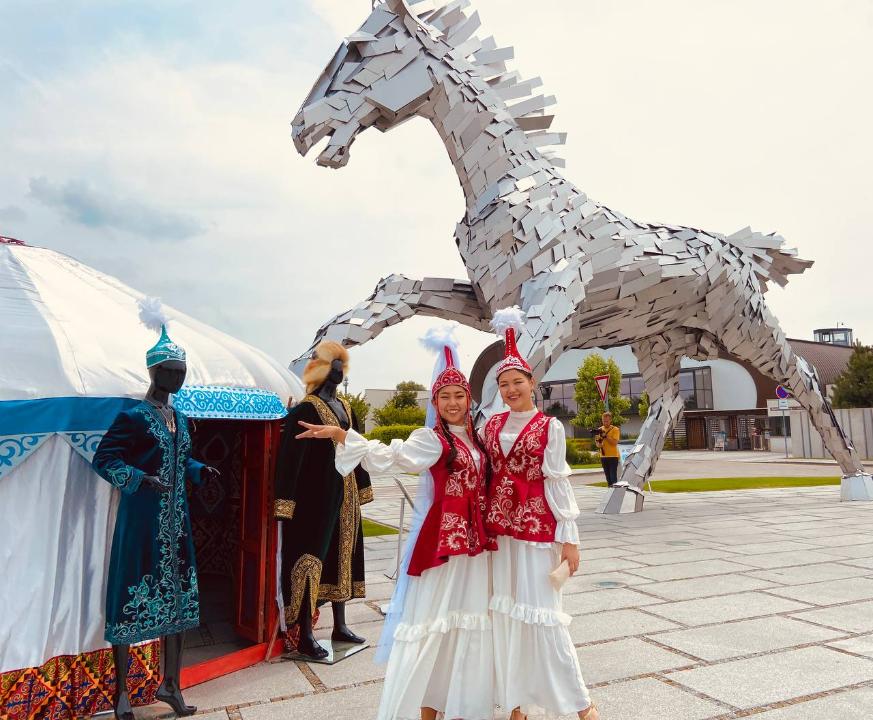
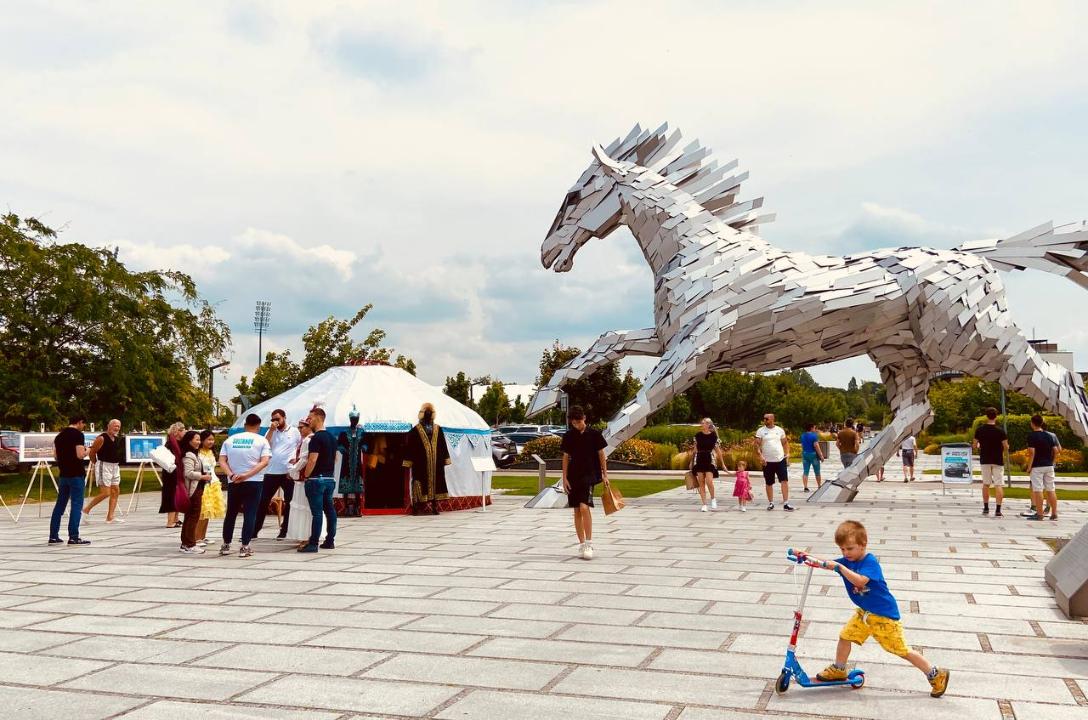
The exposition around the yurt contains information stands about the ancient crafts of the Kazakhs – horse breeding and animal husbandry, the craftsmanship of making a yurt, the art of playing the dombra.

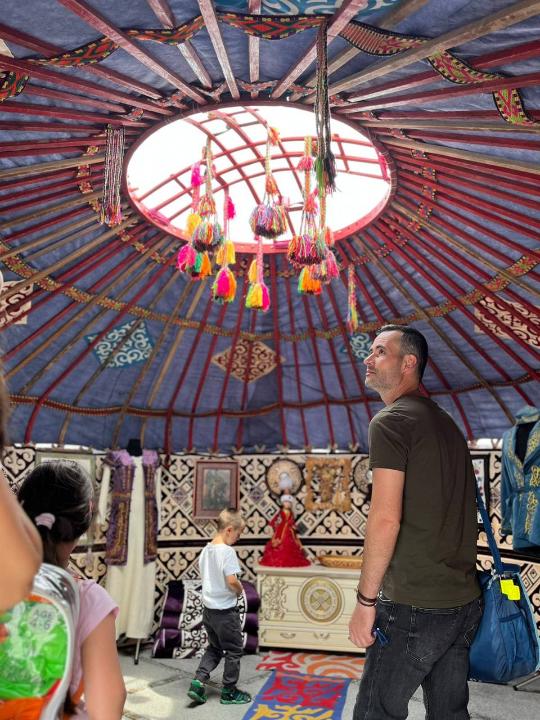
It is noted that over five thousand years ago, wild horses were first domesticated on the territory of Kazakhstan, and horse breeding had a huge impact on the way of life, material and spiritual culture of the Kazakh people.

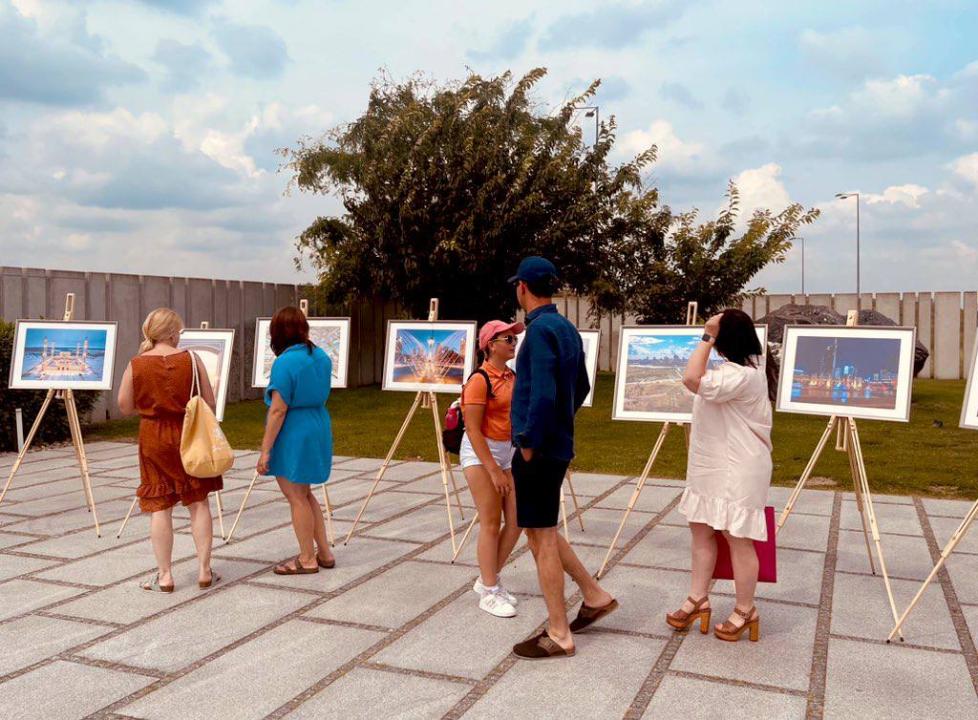
Slovak visitors to the exhibition learned that the nomads were the first in the history of mankind to learn how to melt metal, create a cart wheel, bows and arrows. It is emphasized that one of the greatest discoveries of the nomads was the invention of the yurt, which allowed the nomads to master the vast expanses of Eurasia – from the spurs of Altai to the Mediterranean coast.
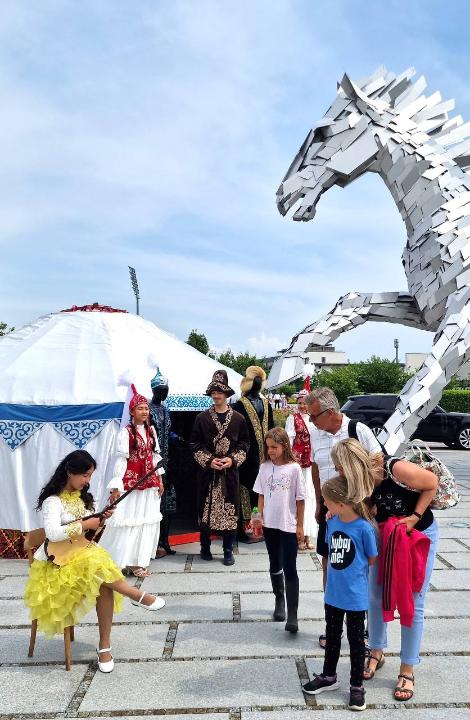
The guests of the exhibition got acquainted with the history of the yurt, its decoration and unique craftsmanship, included in the UNESCO World Intangible Cultural Heritage List. The interior of the yurt was decorated with carpets and leather panels, national costumes, nomads’ armour and musical instruments. A separate stand is dedicated to the natural symbols of Kazakhstan – apples and tulips, grown for the first time in the foothills of Alatau.
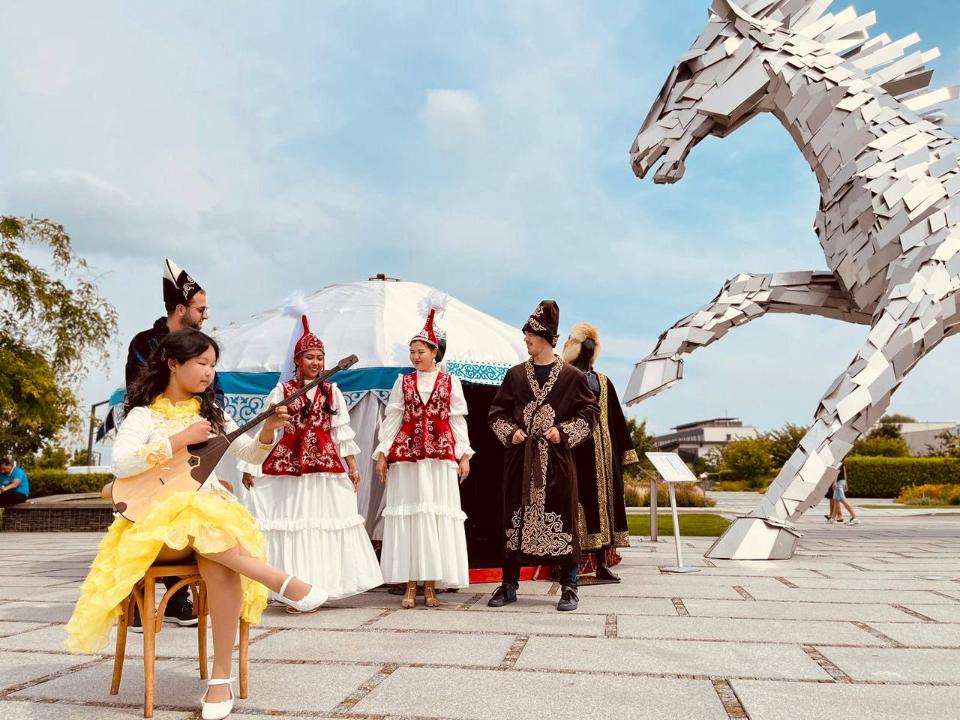

The central place of the exposition is dedicated to the 800th anniversary of the glorious son of the Kipchak steppe, the greatest Ruler of medieval Egypt and Syria, Sultan az-Zahir Baybars. His outstanding military and political achievements, which shaped the image of the vast region of Asia Minor and North Africa in the 13th century, are noted.
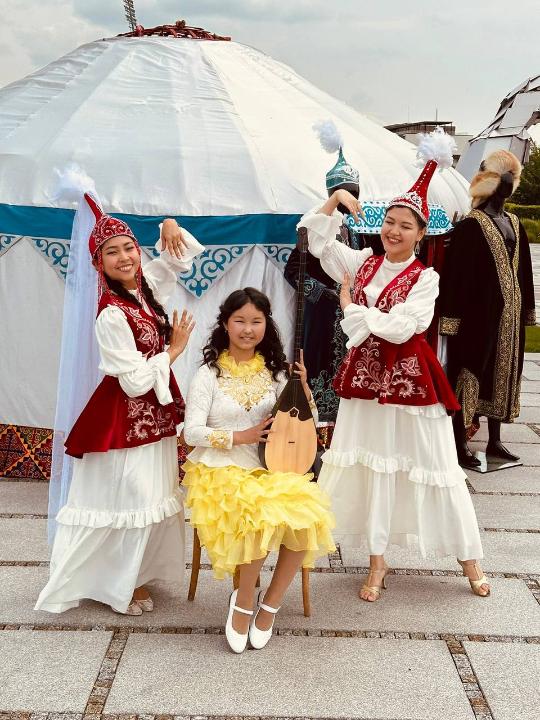
In honor of the National Dombra Day, which is celebrated in Kazakhstan, performances by young dombra player Amina Mamanova, folk dancers Umida Bolatbek and Daiana Csur took place, distribution of booklets about the unique history of dombra and CDs with a collection of selected Kazakh kyuis was organized.
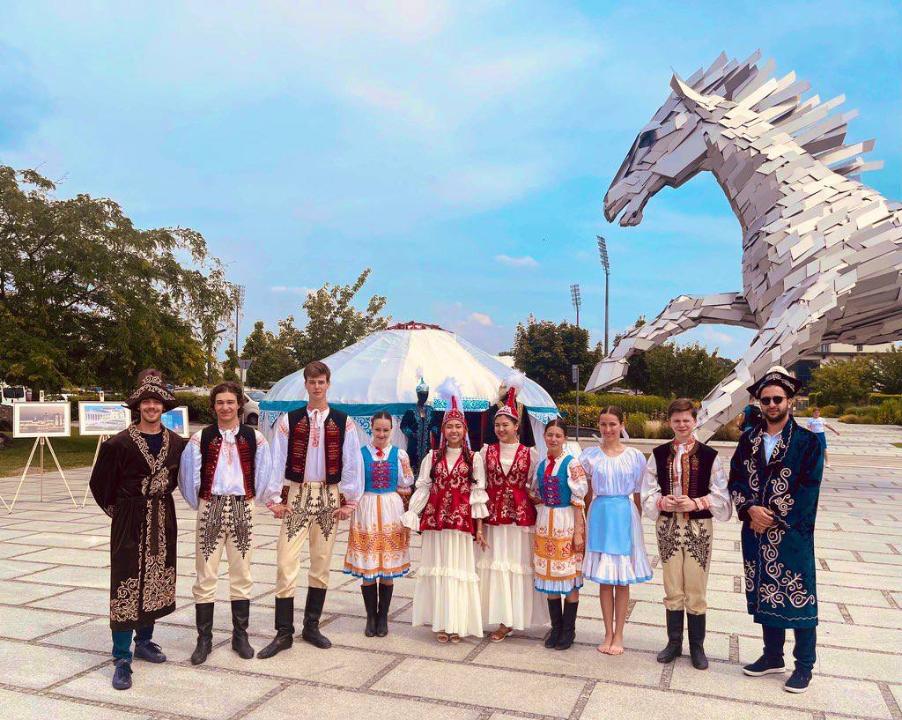
The photo exhibition dedicated to the Day of Astana also attracted great interest of the Slovak public. “Baiterek”, “Khan-Shatyr”, “Mangilik El” Triumphal Arch and other architectural symbols of nomads presented in the photographs reflect the continuity of ancient traditions and the progress of the nomadic civilizations of the Great Steppe.
Post time: Jul-04-2023

